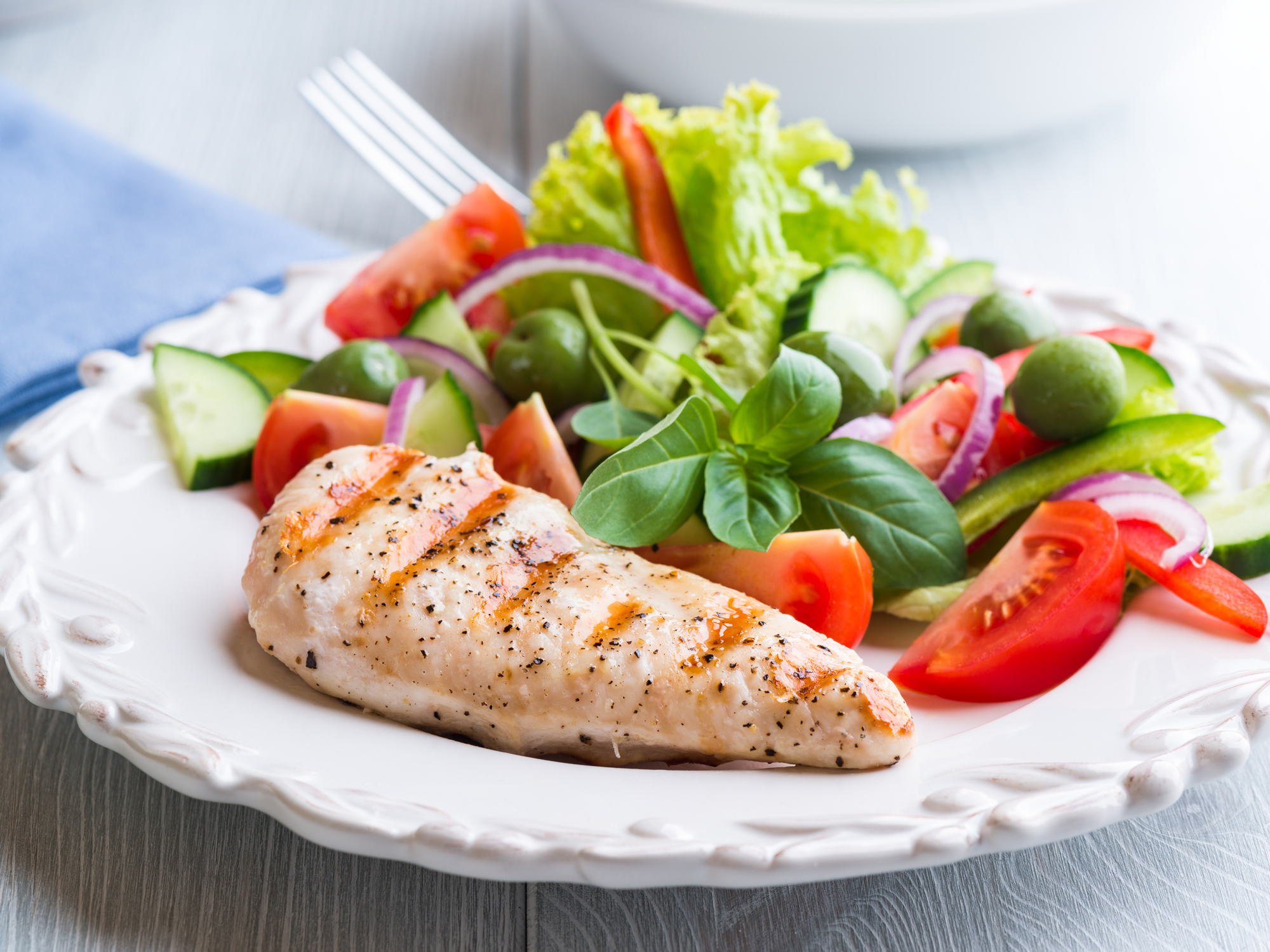Get Easy Health Digest™ in your inbox and don’t miss a thing when you subscribe today. Plus, get the free bonus report, Mother Nature’s Tips, Tricks and Remedies for Cholesterol, Blood Pressure & Blood Sugar as my way of saying welcome to the community!
Is your dinner plate making you fat?

If you’re carrying around a few extra pounds, your dinner plate could be to blame.
No, really — your actual plate…
And, it’s something you’ll never hear from your doctor no matter how many times you ask for help losing weight.
But, we’ve got all the details right here…
Scientists have actually found four illusions you need to be aware of when you sit down to eat to make sure your dinner plate isn’t sabotaging your diet.
#1 – Size
Studies have shown that the larger your dinner plate the more calories you’re likely to consume. A large dinner plate actually fools your brain into thinking you have less food so you eat more without even realizing it. So, if you’re ready to lose weight, go for a smaller plate to make your portion sizes seem bigger.
#2 – Color
A study reported in the journal Appetite took this plate science a step further showing that the color of your plate could actually stop you from overeating. In this study, researchers offered subjects chocolate, popcorn and cream which they served on red, white and blue plates. For all of the foods, people who ate off of a red plate consumed less overall, regardless of how much they reported enjoying the food.
The scientists think that since we normally think of the color red as meaning, “Danger!” that it signals our brain to stop. So, if you want to eat less, try replacing your old kitchen set with red dinnerware instead.
#3 – Contrast
How much your food blends into the color of your plate can also influence the amount of food you eat. In fact, the closer the color of your food is to the color of your plate such as green beans on a green plate or pasta with alfredo sauce on a white plate, the more you’re likely to eat.
The contrast between your food and your plate creates an optical illusion, known as the Delboeuf illusion. Basically, if your food blends into your plate, you see the portion size as smaller. Scientists recommend trying plates in colors like blue or purple, since there are fewer foods in nature in those colors.
#4 – Background
It turns out what you set your plate on can make a difference to how much you eat too. And, while we just talked about how you want the color of your food to contrast with the color of your dinner plate, the opposite is true when it comes to your plate and your table.
Researchers found that when your plate contrasts with its background, for example a white plate and a blue tablecloth you eat more. In fact, they found that reducing the color-contrast between the dinnerware and its background (i.e. table, tablecloth or placemat) helps reduce over-serving by as much as 10%. So, try matching your placemat or tablecloth to your dinner plate to eat less.
Surprisingly enough, while being aware of these phenomena does help you make better choices, the illusions still impact your serving size. So, try changing your dinnerware by choosing a high contrast color like red, blue or purple and pick up a matching tablecloth. Also, don’t forget the large plate mistake. Always go with a smaller plate and you’ll eat less overall.
Sources:
-
Color Psychology: Red Plates Make You Eat Less — LA Weekly
-
The Color of Your Plates Matters — Cornell University · Food and Brand Lab












